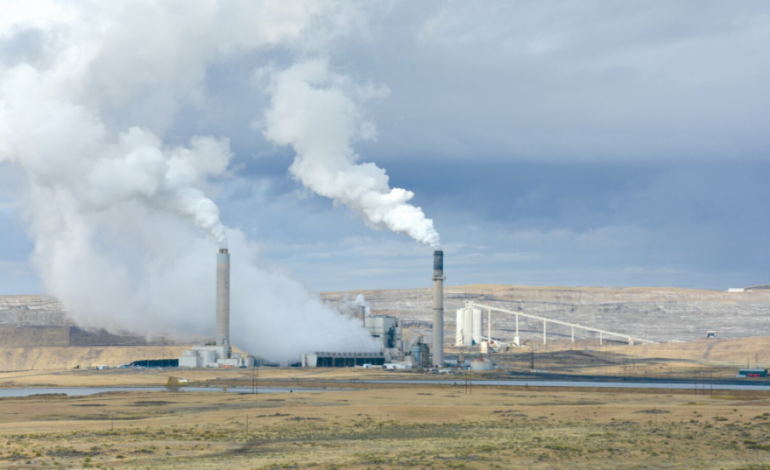Wyoming’s largest electric utility, PacifiCorp, has announced adjustments to its long-term energy plans, extending operations at the Dave Johnston power plant near Glenrock while confirming that coal use at the Naughton plant near Kemmerer will end by the close of 2025, Bridger Valley Pioneer reports.
PacifiCorp, the parent company of Rocky Mountain Power, has released its 2025 Integrated Resource Plan, outlining shifts in its approach to energy generation. While the company is moving away from coal, its revised strategy also includes increased reliance on natural gas and investments in renewable energy.
The Dave Johnston power plant, a significant employer in Converse County, will see a delayed transition away from coal. Rather than retiring two of its four coal-burning units in 2028, PacifiCorp now plans to convert them to natural gas in 2029. A third unit is still set to retire in 2027, while the fourth unit will also transition to natural gas by 2030.
This change has been met with relief in Converse County, where local officials, including County Commission Chairman Jim Willox, emphasized the plant’s importance to both jobs and reliable energy production.
Meanwhile, in Kemmerer, the Naughton power plant will stop burning coal by the end of 2024. Two of its remaining coal units will be taken offline and converted to natural gas by 2026.
This decision could have economic implications for the Naughton coal mine, which employs nearly 200 workers. Local leaders have expressed concern over the potential impact on jobs and the community’s economy.
PacifiCorp operates in six western states and is shifting toward state-specific power generation strategies. Some states, like Washington and Oregon, have enforceable renewable energy mandates, influencing PacifiCorp’s investment decisions.
While the company has increased solar energy commitments for its northwestern customers, its investment in wind energy has declined by 59% compared to previous plans. Some advocacy groups, such as the Sierra Club, argue that PacifiCorp is relying too heavily on natural gas and experimental carbon capture technology, which could lead to higher energy costs for Wyoming ratepayers.
PacifiCorp’s shift in strategy has been influenced by various factors, including:
Federal energy policies – Regulatory changes from both the Trump and Biden administrations have shaped investment decisions.
Market shifts – Demand for electricity from data centers, AI computing, and cryptocurrency mining is increasing, slowing the decline of coal use.
Energy pricing volatility – The cost of natural gas and coal operations remains unpredictable.
PacifiCorp is still evaluating the future of the Wyodak power plant near Gillette, with no official retirement date currently set. The company is also expected to finalize an agreement to purchase electricity from TerraPower’s Natrium nuclear power plant near Kemmerer.
With Wyoming’s electricity rates closely tied to fossil fuels, local leaders and advocacy groups continue to debate how the state’s energy future will unfold. Meanwhile, the Wyoming Public Service Commission is expected to rule on PacifiCorp’s latest rate hike request by April 15.










The latest news in your social feeds
Subscribe to our social media platforms to stay tuned